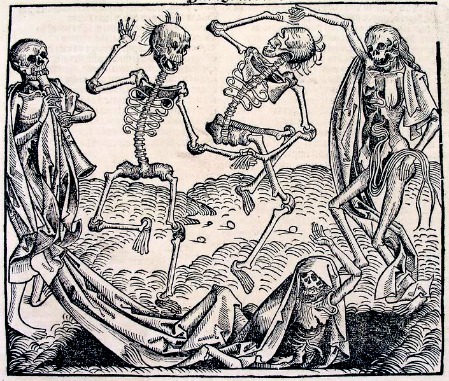The Black Death, a real life horror show that reverberates into our own era. Think of Halloween, or zombie movies, with the ravenous undead parading around in ghastly make up. Not to mention the suite of autoimmune diseases many descendants of the lucky survivors are, please pardon the term, plagued with.
For decades research scientists have suspected the culprit behind the Black Death was bubonic plague, but reports of the symptoms from the time itself differ enough, especially from one region to another, that it’s never been a lead-pipe cinch what kicked it off. Other diseases, from flu to smallpox have been suggested. And it is likely that the suspected underlying bacterium, Y. pestis, would weaken the immune system, leaving the victim ripe for other opportunistic infections. Scientists just couldn’t be certain, not without hard physical evidence. Which is exactly what they now have, and so, as far as the primary microbe behind the mayhem, the deal may be sealed:
The bacterium that causes plague, Yersinia pestis, is still highly virulent today but has somewhat different symptoms, leading some historians to doubt that it was the agent of the Black Death. Those doubts were laid to rest last year by detection of the bacterium’s DNA in plague victims. With the full genome now in hand, the researchers hope to recreate the microbe itself so as to understand what made the Black Death outbreak so deadly.
That last part is a little worrisome: I mean what could possibly go wrong? Happy pre-Halloween.


But was it carried across Eurasia by a Yeti?
Funny Wilson, funny.
Recreate the Black Death microbe? Haven’t these people ever seen a horror movie?
AJ
I don’t know why people would be so worried, those skeletons look like they’re having a great time!